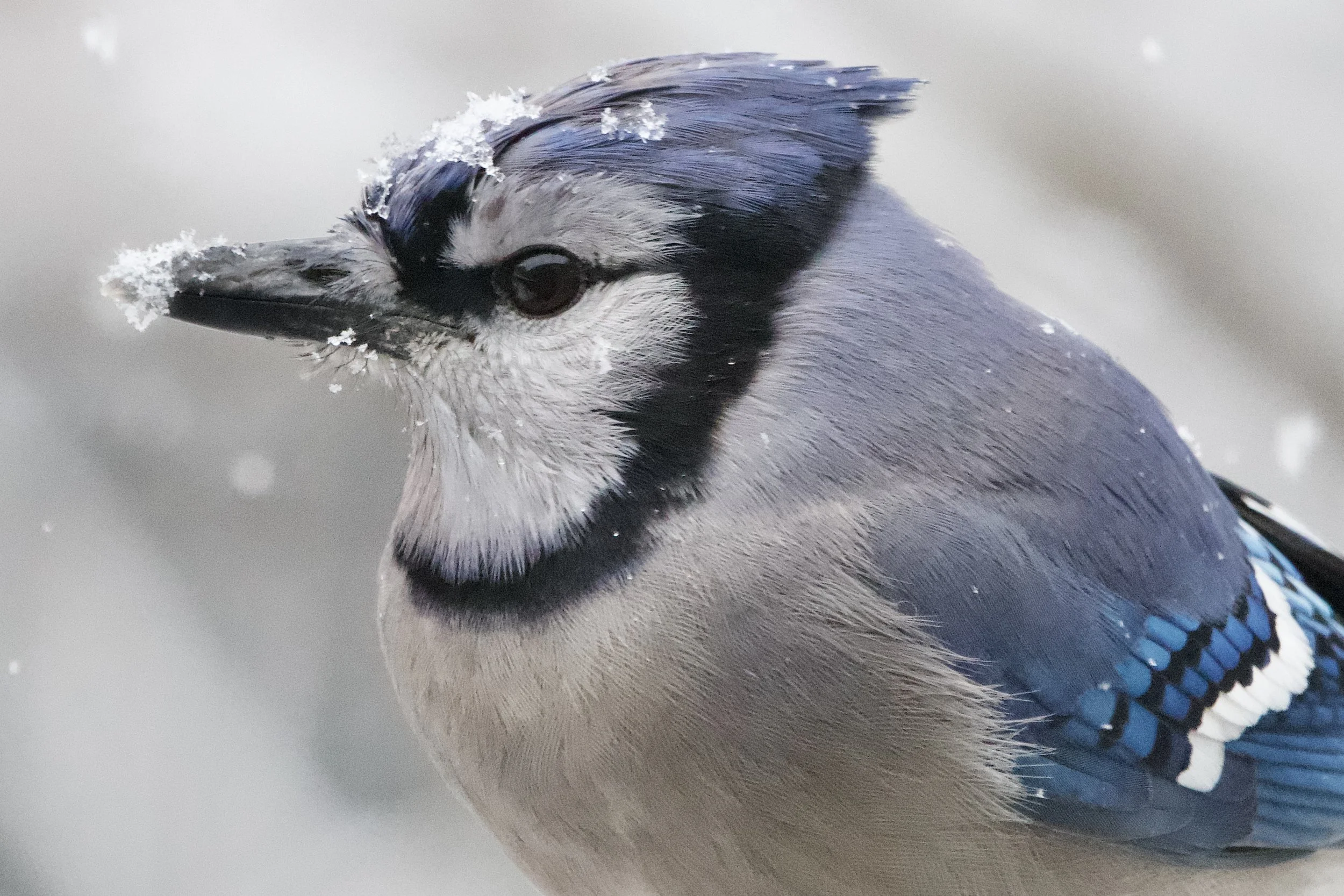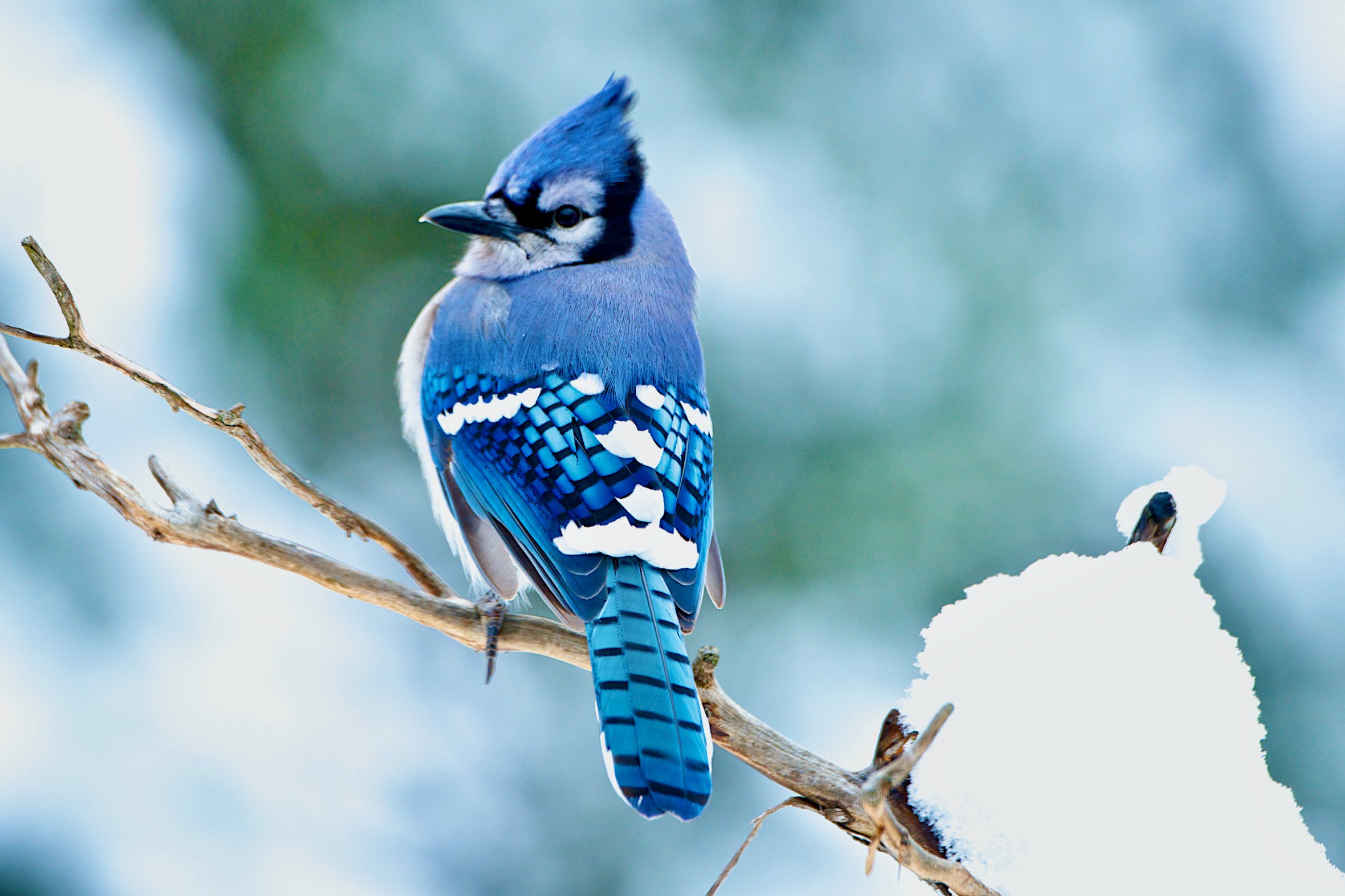New Year’s Bird Watching
/Our first New Year’s winter storm deposited a 3-inch soft blanket of snow in my backyard. Confined to the house for a day watching falling snow flakes created a magical scene providing many opportunities to photograph birds in their colorful winter plumage.
Read More

















